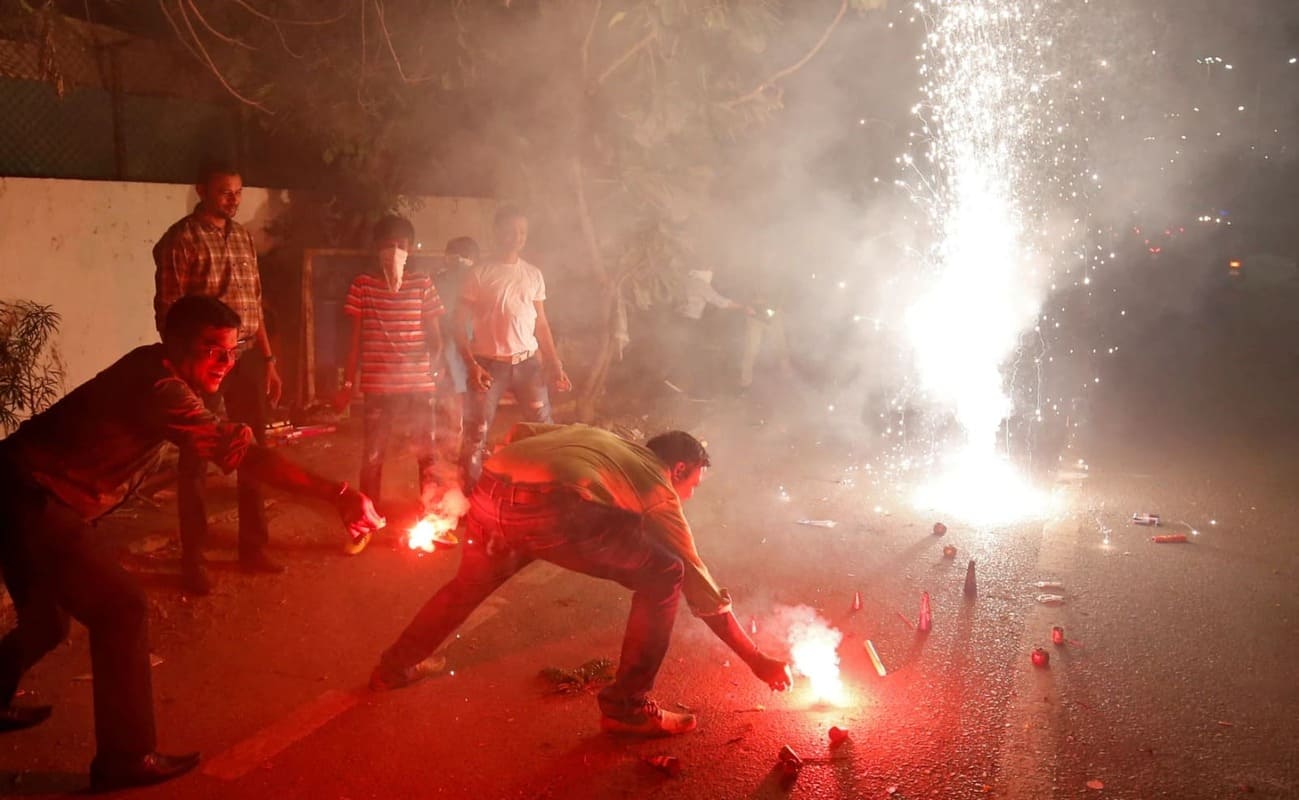Every year, once the lights fade and sweets are shared, India wakes up to a haze. The festival of Diwali leaves behind warmth, memories, and choking air. Air quality levels often drop to dangerous lows, especially across northern cities. While awareness campaigns about pollution are common, what happens after the festival often gets ignored. This is where brands can make a real difference.
Marketing has always had the power to shape behavior, but beyond awareness, it can now inspire cleanup. Many companies already invest in sustainability messaging during festive seasons. Yet the opportunity lies in turning that messaging into measurable post-festival action.
1. Turn CSR into Community Cleanup Campaigns
Instead of limiting Corporate Social Responsibility (CSR) to donation drives, brands can take ownership of air and waste cleanup initiatives right after Diwali. For instance, they can organize neighborhood-level cleanups, tree-planting drives, and composting programs in collaboration with resident associations and local NGOs.
Rather than one-off awareness efforts, brands could pool resources across industries, imagine a collective “Clean Air Week” immediately after Diwali, where multiple sectors come together to fund green recovery programs, recycling drives, and urban beautification efforts. The impact would be social, environmental, and reputational all at once.
2. Create Incentives for Green Behavior
Consumers respond strongly to incentives, especially when rewards tie into everyday choices. Brands can offer discounts or loyalty points to customers who opt for cleaner, greener actions post-Diwali.
E-commerce platforms, service providers, and consumer brands could reward users who choose sustainable packaging, recycle decorations, or use eco-friendly commuting options. Similarly, energy and appliance brands could promote eco-efficient exchanges to replace older, energy-draining products.
By turning post-festival cleanup into a rewarding, gamified experience rather than a moral duty, brands can make sustainability aspirational and enjoyable.
3. Use Brand Influence to Push Policy and Collaboration
Brands hold immense influence, not just with consumers but also with policymakers. By combining their voices, they can advocate for stronger air-quality initiatives, support stricter emission norms, or fund community monitoring systems.
When private enterprises align with civic bodies and environmental organizations, they can drive large-scale impact, such as setting up local air-quality monitoring hubs, sponsoring green zones, or supporting clean-tech startups. These actions go beyond festive commitments and create lasting change throughout the year.
4. Make Cleanup a Cultural Continuation, Not a Chore
Diwali symbolizes renewal and cleansing; homes are cleaned, lights are lit, and new beginnings are celebrated. Brands can build on that same emotion after the festival, reframing cleanup as a continuation of Diwali’s spirit rather than an afterthought.
Lifestyle and home-care brands, for instance, could encourage families to embrace “Post-Diwali Detox” initiatives, combining sustainable home care, indoor air purification, and eco-friendly décor reuse. The idea is to celebrate purity and freshness, not just before Diwali, but after it too.
A similar cultural approach is seen in other countries where collective cleanups follow major festivals, turning hygiene and sustainability into social rituals. In India, this emotional connection to renewal and gratitude could be the perfect entry point for such initiatives.
5. Invest in Long-Term Air Quality Solutions
Beyond seasonal marketing, brands can commit to long-term sustainability by supporting innovation and infrastructure that improves air quality. This could include sponsoring air-filtering installations in public spaces, partnering with clean-energy ventures, or investing in research for eco-friendly festive materials.
Waste generated during Diwali, from used diyas to flower remains, can be repurposed through recycling programs or composting projects. Brands that integrate such efforts into their sustainability roadmap will be remembered not for festive advertising, but for tangible environmental impact.
A New Kind of Celebration
The air crisis after Diwali can no longer be dismissed as routine. Awareness and technology are already here; what’s missing is action. Brands have the reach and influence to drive that change.
Imagine a week after Diwali dedicated to collective recovery, a “Clean Sky Drive” where every purchase, participation, or pledge contributes to greener neighborhoods and cleaner air. Social media could shift from discount codes to stories of renewal and responsibility.
This isn’t about guilt; it’s about gratitude. Honoring the light of Diwali means protecting the air that lets it shine. If brands lead the way, post-Diwali mornings could hold less smoke and a lot more hope.
Views of the author are personal and do not necessarily represent the website’s views.



